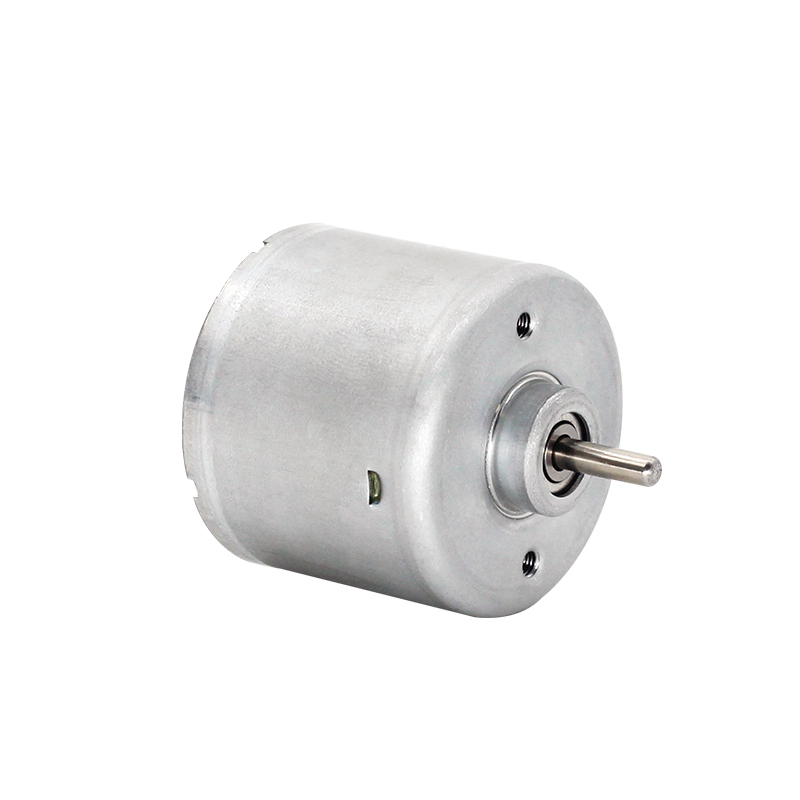Assessing Value: Cost Comparison of the 36mm Brushless DC Motor for Electric Actuators
2024-04-15
Selecting the right motor for electric actuators involves a delicate balance between performance, reliability, and cost-effectiveness. Among the myriad of options available on the market, the 36mm Brushless DC (BLDC) motor has gained prominence for its compact size, high efficiency, and versatile applications. In this blog, we'll explore how the cost of the 36mm BLDC motor for electric actuators compares to other motor options, examining factors that influence pricing and assessing its value proposition.
Understanding the 36mm Brushless DC Motor:
The 36mm BLDC motor represents a technological marvel, combining the benefits of brushless motor technology with a compact form factor ideal for electric actuators. Compared to traditional brushed motors, BLDC motors offer higher efficiency, lower maintenance requirements, and smoother operation. The 36mm size strikes a balance between power output and space constraints, making it suitable for various applications across industries.
Factors Influencing Cost:
1. Manufacturing Complexity: The complexity of manufacturing BLDC motors, including precision machining, winding, assembly, and quality control processes, can influence their cost. Higher manufacturing complexity often translates to increased production costs, which may be reflected in the motor's selling price.
2. Materials and Components: The quality of materials and components used in the construction of BLDC motors can significantly impact their cost. High-performance materials, advanced magnetic alloys, and specialized electronic components may command higher prices but offer superior performance, reliability, and longevity.
3. Customization and Integration: BLDC motors can be customized and integrated into electric actuators to meet specific application requirements. Customization options, such as tailored winding configurations, specialized coatings, or unique mechanical interfaces, may incur additional costs but deliver enhanced functionality and performance.
4. Volume and Economy of Scale: The volume of production and economies of scale play a crucial role in determining the cost of BLDC motors. Higher production volumes often lead to economies of scale, allowing manufacturers to spread fixed costs over a larger number of units and offer competitive pricing to customers.
Cost Comparison with Other Motor Options:
1. Brushed DC Motors: Compared to brushed DC motors, BLDC motors typically command a higher initial cost due to their advanced technology and superior performance characteristics. However, BLDC motors offer lower maintenance requirements, longer service life, and higher efficiency, resulting in lower overall operating costs over their lifespan.
2. Stepper Motors: Stepper motors are another common option for electric actuators, offering precise control and positioning capabilities. While stepper motors may have a lower initial cost compared to BLDC motors, they may be less efficient and prone to resonance issues at high speeds. BLDC motors offer smoother operation, higher torque density, and improved energy efficiency, making them a compelling choice for many applications despite their slightly higher cost.
3. AC Induction Motors: AC induction motors are widely used in industrial applications due to their simplicity and reliability. While AC induction motors may have a lower initial cost compared to BLDC motors, they lack the speed control, efficiency, and responsiveness of BLDC technology. BLDC motors offer superior performance, especially in applications requiring variable speed control or precise positioning, justifying their slightly higher cost.
Assessing Value Proposition:
When evaluating the cost of the 36mm BLDC motor for electric actuators, it's essential to consider its value proposition in terms of performance, reliability, and total cost of ownership. While BLDC motors may have a higher initial cost compared to alternative motor options, they offer numerous advantages, including:
- Higher efficiency and energy savings
- Smoother operation and reduced noise
- Lower maintenance requirements and longer service life
- Precise speed control and positioning capabilities
- Compatibility with advanced control systems and automation technologies
Conclusion:
In conclusion, while the cost of the 36mm Brushless DC motor for electric actuators may be slightly higher compared to other motor options on the market, its superior performance, efficiency, and reliability justify the investment for many applications. By considering the total cost of ownership and assessing the value proposition of BLDC technology, customers can make informed decisions that optimize performance and enhance competitiveness in their respective industries. As technology continues to evolve and economies of scale drive down costs, the 36mm BLDC motor remains a compelling choice for electric actuators seeking to achieve the perfect balance of performance and cost-effectiveness.



